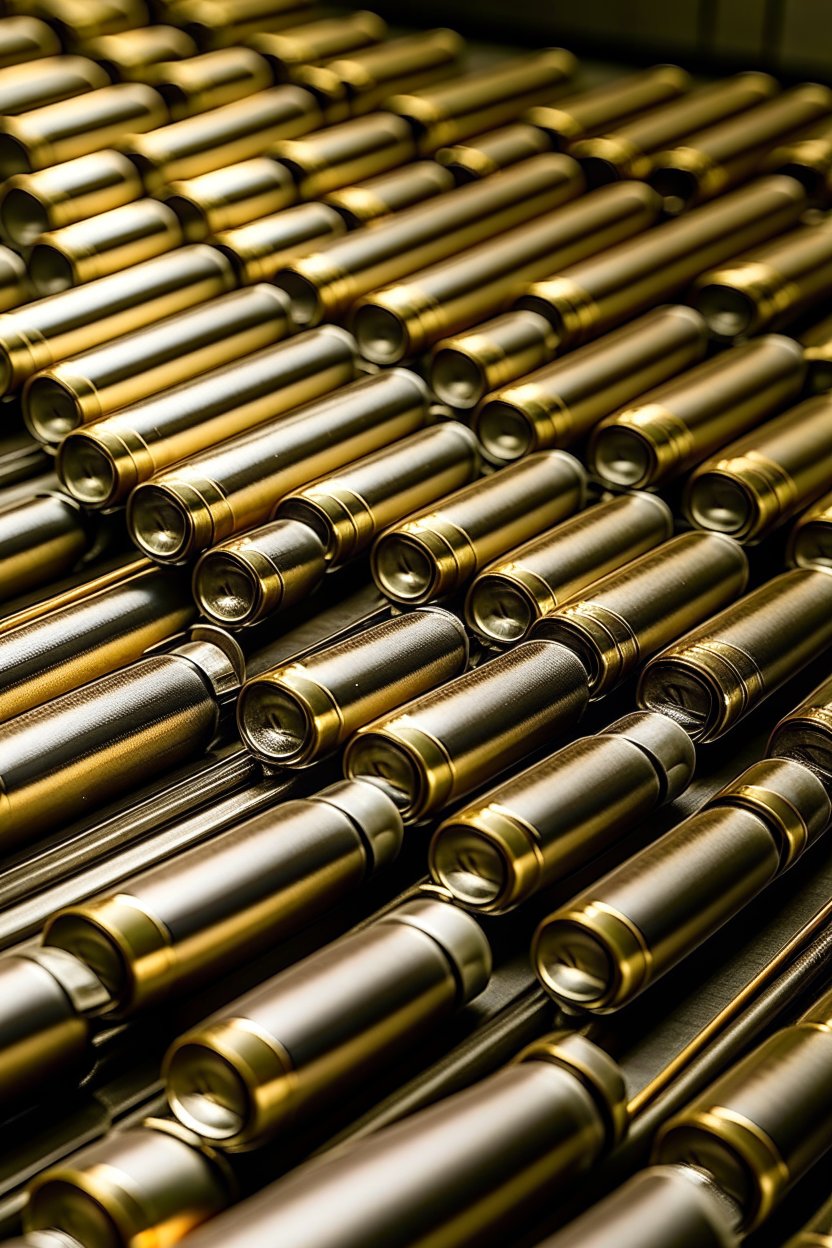The use of shotgun ammo has a significant impact on the environment. Shotguns are used for hunting, target shooting, and home defense, and the ammunition used in these activities can have a negative effect on the environment.
The most common type of shotgun ammo is lead shot. Lead is a toxic metal that can be harmful to both humans and wildlife. When lead shot is fired, it can disperse into the environment, contaminating soil and water. This can lead to lead poisoning in animals and humans, and can also cause long-term damage to the environment.
In addition to lead, shotgun ammo also contains other metals, such as copper and zinc. These metals can also be toxic to the environment, and can contaminate soil and water.
In order to reduce the environmental impact of shotgun ammo, many states have implemented regulations that require hunters to use non-toxic shot. Non-toxic shot is made from materials such as steel, bismuth, and tungsten, which are not toxic to the environment.
In addition to using non-toxic shot, hunters can also take steps to reduce the environmental impact of their shotgun ammo. For example, they can use biodegradable wads, which are designed to break down quickly in the environment. They can also use reusable targets, which can help reduce the amount of lead shot that is dispersed into the environment.
Overall, the use of shotgun ammo can have a significant impact on the environment. By using non-toxic shot and taking other steps to reduce the environmental impact of their ammo, hunters can help protect the environment and ensure that future generations can enjoy the outdoors.








